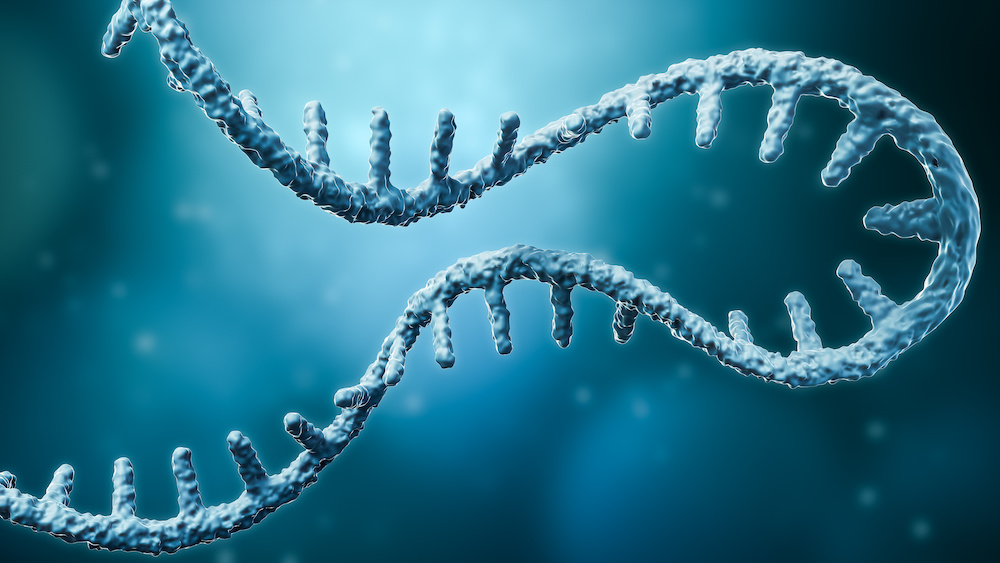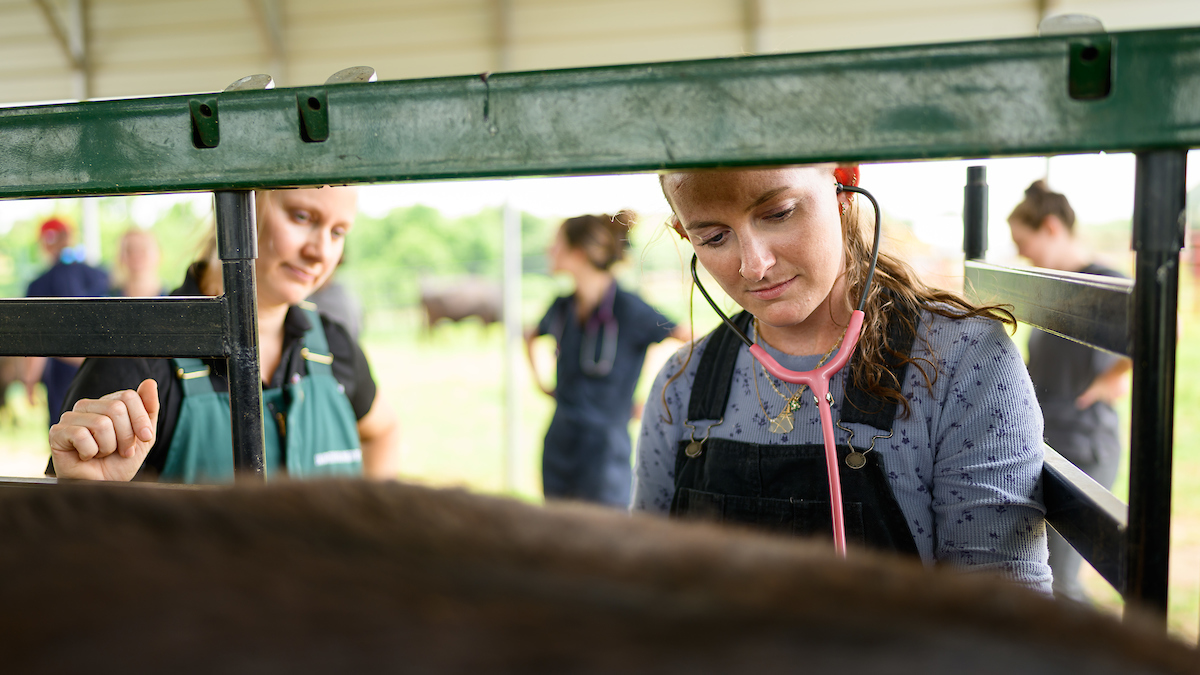‘Frameshifting’ Therapy for Mast Cell Cancers Reduces Size, Spread

A potential new treatment for mast cell cancers reduces the number of mast cells by “mutating” the messenger RNA (mRNA) before it can deliver instructions for manufacturing the gene responsible for cell proliferation.
The method, known as frameshifting, changes the pre-mRNA so that the mature mRNA is degraded and any protein produced from its instructions is altered and inert. In a mouse model, frameshifting directed at the c-KIT gene reduced mast cell tumor size and prevented infiltration into other organs.
Mast cells regulate immune responses. But too many mast cells can result in a number of diseases, the most serious of which are mast cell leukemia and mast cell sarcoma. A gene known as c-KIT produces a protein, KIT, which is associated with mast cell survival and proliferation. C-KIT mutations can increase proliferation of mast cells in multiple organs, leading to mast cell cancers.
“Current treatments for mast cell cancers target signaling from the receptor encoded by the c-KIT gene, and the efficacy of current therapies can be negatively affected by c-KIT mutations associated with disease development,” says Glenn Cruse, assistant professor of immunology at the NC State College of Veterinary Medicine and corresponding author of the research. “We are targeting the gene itself, regardless of mutation. If we target the gene that drives progression, then we can target the disease.”
Cruse and a team of researchers from NC State University and the National Institutes of Health (NIH) used a technique known as exon skipping to produce the frameshift mutation.
Before a gene or protein is produced, the pre-mRNA, which is composed of both coding and non-coding regions called exons and introns, is spliced so that introns are removed and only the exons – a gene’s “production instructions” – remain. The resulting mature mRNA then delivers its instructions and the gene or protein is produced.
If something goes wrong or a mutation occurs, a stop codon – a short sequence in the mRNA – stops production of the faulty protein by causing that strand of the mRNA to be degraded or destroyed.
The researchers used this mechanism to their advantage by binding a short RNA molecule called an oligonucleotide to exon 4 within the c-KIT pre-mRNA, effectively fooling the splicing proteins into thinking the exon was an intron and removing it. The missing, or skipped, exon creates a frameshift in the reading frame of the mRNA, causing it to be recognized as a mutant and degraded.
“We are altering the message that makes the protein – flipping an ‘on’ switch to ‘off,’” Cruse says. “If you get mRNA to produce a protein that is mutated and severely truncated, your cell will recognize that and degrade the message so that the protein isn’t produced.”
The researchers used their frameshifted c-KIT mRNA approach on mast cell leukemia cells in vitro and found that KIT protein expression, signaling and function were reduced. The cancer cells stopped proliferating and began dying within hours. In a mouse model, tumor growth and infiltration of other organs were reduced and tumor cell death increased when the frameshifted c-KIT mRNA was induced.
“The other advantage to our technique is that it solves the problem of degradation evasion,” Cruse says. “Occasionally faulty messages will evade degradation and their mutated proteins get produced anyway. But proteins produced by the frameshifted c-KIT mRNA are inert, or non-functional. So even if they get produced, they cannot cause more harm.”
The research appears in Molecular Therapy and is supported by the National Institutes of Health. NC State postdoctoral researcher Douglas Snider is first author. The technology described in the paper has been licensed by Hoth Therapeutics.
Tracey Peake/NC State News Services


